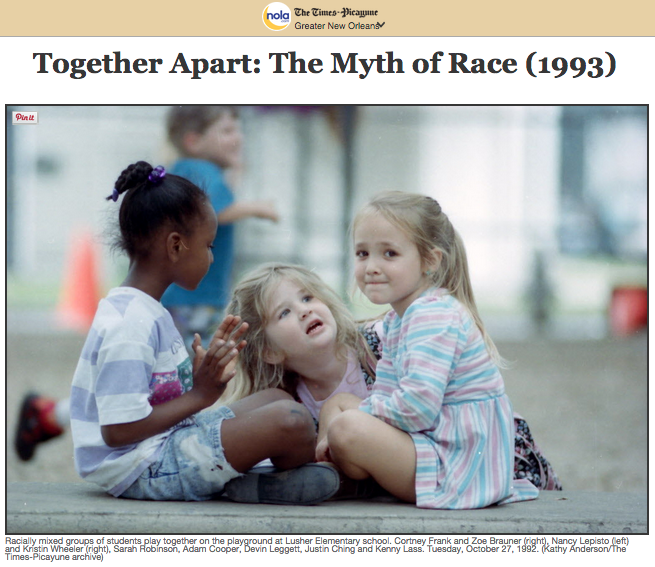
In trying to find the words to sum up how the American news media frames race, Cronkite Dean Kristin Gilger managed to describe it in one: “problematic.”
Covering racial issues has always been a cause for concern in journalism. Our job is always to be as objective as possible and to keep feelings and bias out of our work. But what happens when injustices are happening around us? Is there a way to remain objective? Is it our job to frame racial coverage?
These questions haunt us and influence the way we go about our jobs as journalists. They affect our day-to-day decision making. For example, when a crime is committed and a person is implicated should we describe their race? The Associated Press Stylebook luckily has an answer for that one.

In 2014, the Stylebook updated its criminal section with a note that a suspect’s race is only pertinent if they are “sought by the police or missing person cases,” as long as “police or other credible, detailed descriptions” are used. Once police catch the suspect the racial reference should be removed.
Unfortunately, not all issues of racial coverage are this cut and dry. The Stylebook does not have all the answers (although it would be nice if it did). A good example is what happened with Ferguson coverage in the media. Every media outlet framed various Ferguson events differently. When the emails of high-ranking officials in Ferguson, Missouri were released, most people were outraged. It was hard for most media outlets to hide their disgust when they were reading through emails that related the President of the United States to a chimpanzee. Fox News, however, had a different view. Fox News anchor Megyn Kelly went on air and said “there are very few companies in America, where, if you searched their email database, you would not find racist or offensive messages.”
Most people understand that Fox News is a conservatively-slanted news outlet, but it seemed like this time they had gone too far. MSNBC’s Rachel Maddow could not help but respond, saying on-air that “I don’t get emails from my colleagues like that!” It was hard for everyone to accept that Fox News wanted us to think that this type of thing was “normal.”
Obviously, there are many extreme incidences of where news media outlets go wrong in racial coverage. Unfortunately, it is much harder to find examples of where they go right. In our Humphrey Seminar class last week, we heard a very detailed account of one newspaper that got it very right…even 20 years ago.

A New Orleans paper that Dean Gilger worked for, The Times-Picayune, had a lengthy series called “Together Apart: The Myth of Race.” In their words, “A racially diverse team of reporters, photographers and editors spent two years researching and conducting hundreds of interviews.” The series ran for six months and filled 58 pages of newspaper. Much of the content was derived from reader input, as the paper realized that the community itself had a lot to say on the issue. The Times-Picayune took the time to exhaustively cover an issue that almost every other outlet would not even talk about at the time.
As we sat in front of Dean Gilger and listened to her animatedly explain to us the process the paper went through to get this series out, it became obvious that this was the right way. Honest race coverage is essential in journalism; there’s no way around it.
Media outlets are absolutely responsible for starting dialogues with the community that are meaningful. Not everyone will like it, not everyone will participate. But the job of the media is not to get everyone to agree or to hold hands and sing “Kumbya.” Our job is to make people think.
*This post was conceived and written by Vitalien Adoukonou and Emma Totten*



Brilliant post, Vitalien and Emma. Our job, as journalists, is to make people think. Without question, the media has a job to report. But, when does discussion and open conversation about an issue so significant as race become a more important and significant part of the media’s job?